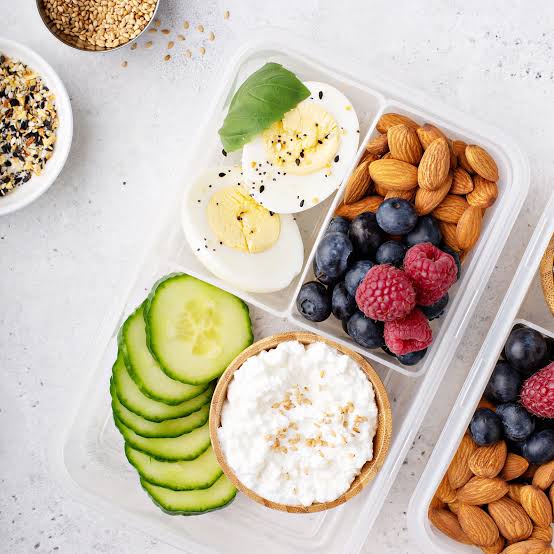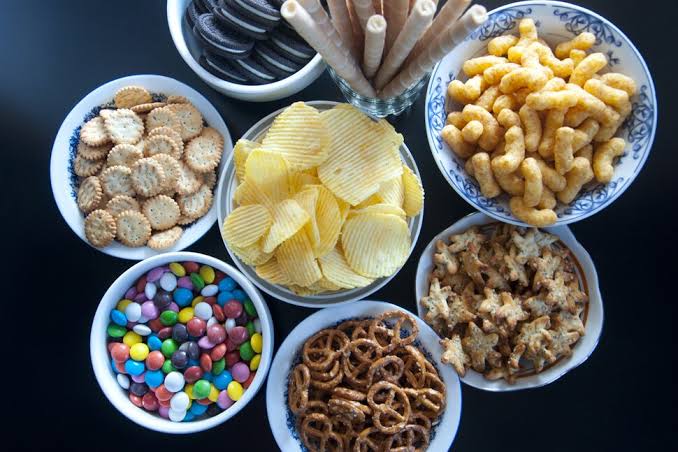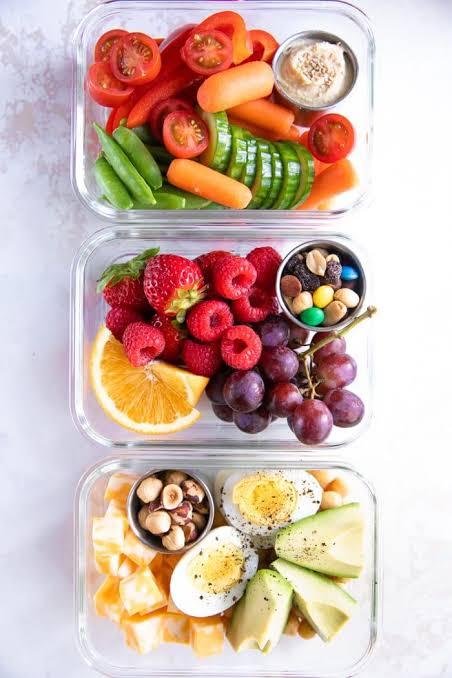Snacking is a fast way to reduce hunger pangs because it is all about eating small portions of food or even drinks in between your meals.
Are you tired of feeling guilty about snacking? You don’t have to be! Snacking can be a healthy part of your diet, and it can even help you reach your health and wellness goals. With the right snacks and snacking habits, you can satisfy your cravings, stay energized, and even boost your nutrient intake.
Here are some tips for crunching your way to better health with snacking.

- Choose Nutrient-Dense Snacks
Not all snacks are created equal. Instead of reaching for empty calories, choose snacks that are nutrient-dense. This means they are packed with vitamins, minerals, and other important nutrients that your body needs to function properly. Some examples of nutrient-dense snacks include fresh fruit, vegetables with hummus, nuts and seeds, and Greek yogurt.
- Keep Snacks on Hand
If you don’t have healthy snacks readily available, you’re more likely to reach for something less nutritious. Keep a stash of snacks at home, in your car, and at work so that you always have a healthy option on hand. Some great portable snack options include protein bars, trail mix, and fruit cups.

- Practice Mindful Snacking
Mindful snacking means paying attention to what you’re eating and how it makes you feel. Instead of mindlessly munching while watching TV or scrolling through social media, take the time to savor your snacks. Sit down and enjoy your food, and pay attention to how it tastes, smells, and feels in your mouth. This can help you feel more satisfied and prevent overeating.
- Balance Your Snacks with Meals
While snacking can be a healthy part of your diet, it’s important to balance your snacks with nutritious meals. Snacks should complement your meals, not replace them. Aim to eat three balanced meals per day, and use snacks to fill in any nutritional gaps or satisfy hunger between meals.

- Opt for Homemade Snacks
Many store-bought snacks are high in sugar, salt, and unhealthy fats. To ensure you’re getting the most nutritious snack possible, try making your own at home. Homemade snacks are often healthier, and they’re also more budget-friendly. Some easy homemade snack options include roasted chickpeas, homemade granola bars, and energy bites.
- Get Creative with Your Snacks
Healthy snacking doesn’t have to be boring! Get creative with your snacks by trying new flavors, textures, and combinations. Some fun snack ideas include apple slices with almond butter, popcorn with nutritional yeast, and cucumber slices with tzatziki sauce.
Healthy Snacking Tips
- Keep a food journal to track your snacking habits and make healthier choices.
- Drink water before and after snacking to help you feel more full and hydrated.
- Avoid snacking right before bedtime to improve your sleep quality.
- Experiment with different herbs and spices to add flavor to your snacks without adding extra calories.
- Choose snacks that are high in fiber, such as popcorn or carrots, to help you feel full and satisfied
- Portion out your snacks in advance to prevent overeating.
- Choose snacks that are low in added sugars, such as fresh fruit or unsweetened Greek yogurt.
- Opt for snacks that are rich in protein, such as hard-boiled eggs or edamame, to help you feel full and energized.
- Use smaller plates or bowls when snacking to make your portion sizes feel more satisfying.
- Take a break from work or other activities to fully enjoy your snack and reduce stress.
- Avoid snacking when you’re bored or emotional; try going for a walk or practicing mindfulness instead.
- Choose snacks that are low in sodium, such as air-popped popcorn or raw veggies, to help you reduce your salt intake.
- Mix and match different snacks to create a satisfying and nutritious snack plate.
- Avoid snacking while distracted, such as when driving or watching TV, to prevent mindless eating.
- Opt for snacks that are high in healthy fats, such as avocado or nuts, to help you feel full and satisfied.

Always remember that snacking can be a healthy part of your diet if you choose nutrient-dense options, practice mindful snacking, balance your snacks with meals, and get creative with your choices. With these tips, you can crunch your way to better health and satisfy your cravings at the same time.


